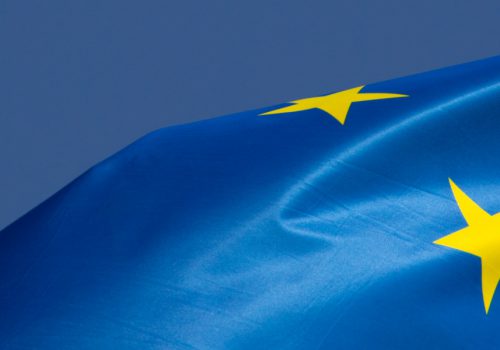Alongside the current hot topics such as Brexit, trade wars, climate change, privacy concerns etc. there is an increased awareness of gender equality as a business issue. Organizations are reassessing their gender equality policies. However, even in 2019, we are reminded that equity is still far from reach. Equality is a notion that surpasses gender; it is a human rights issue. Traditionally, women have received lower wages compared to men, and the problem continues to this day regardless of
According to the OECD, the economy could grow by an extra 10% by 2030 if the true potential of women is unleashed, adding an extra €200 billion of economic growth globally. Regardless of the growing women’s movements and increased attention on the gender pay gap, research shows little progress on closing the gender wage gap. According to the World Economic Forum Annual Gender Gap Report, at the current rate of change, it will take 108 years to narrow the global gender gap and 202 years to bring equality in the workplace. There are certainly numerous reasons behind the slow progress. One of these factors is how women in leadership are perceived by society.
Embracing parity and diversity is not only the right thing to do – it is beneficial for business and the economy. Organizations that commit to prioritizing diversity and inclusion are not only setting the standard for the industries – they are earning strategic and cultural benefits by attracting and retaining top talent, creating an open and transparent environment that empowers employees to innovate, delivering better customer service, and driving a higher return on investment for stakeholders. All these are linked to a culture of equity, diversity, and inclusion.
The gender pay gap, so much more than just a number, is an opportunity to focus on diversity and inclusion as a tool for improving organizations. Gender pay gap figures shine a light on how well workplace equality is being addressed.
As the International Women’s Day approaches it is important to continuously be reminded of the actions we should make towards supporting gender equality and the empowerment of women. Gender equality is also one of the development goals of the UN platform “2030 Agenda for Sustainable Development”. This agenda follows the concept of ‘leaving no one behind
One of the most powerful examples of gender equality commitment is the HeForShe global movement by the United Nations. This movement is a call for people to commit
So, what’s better than to inspire ourselves to understand and support the idea of gender equality, and create meaningful change in our communities?
What we share is more powerful than what divides us!









